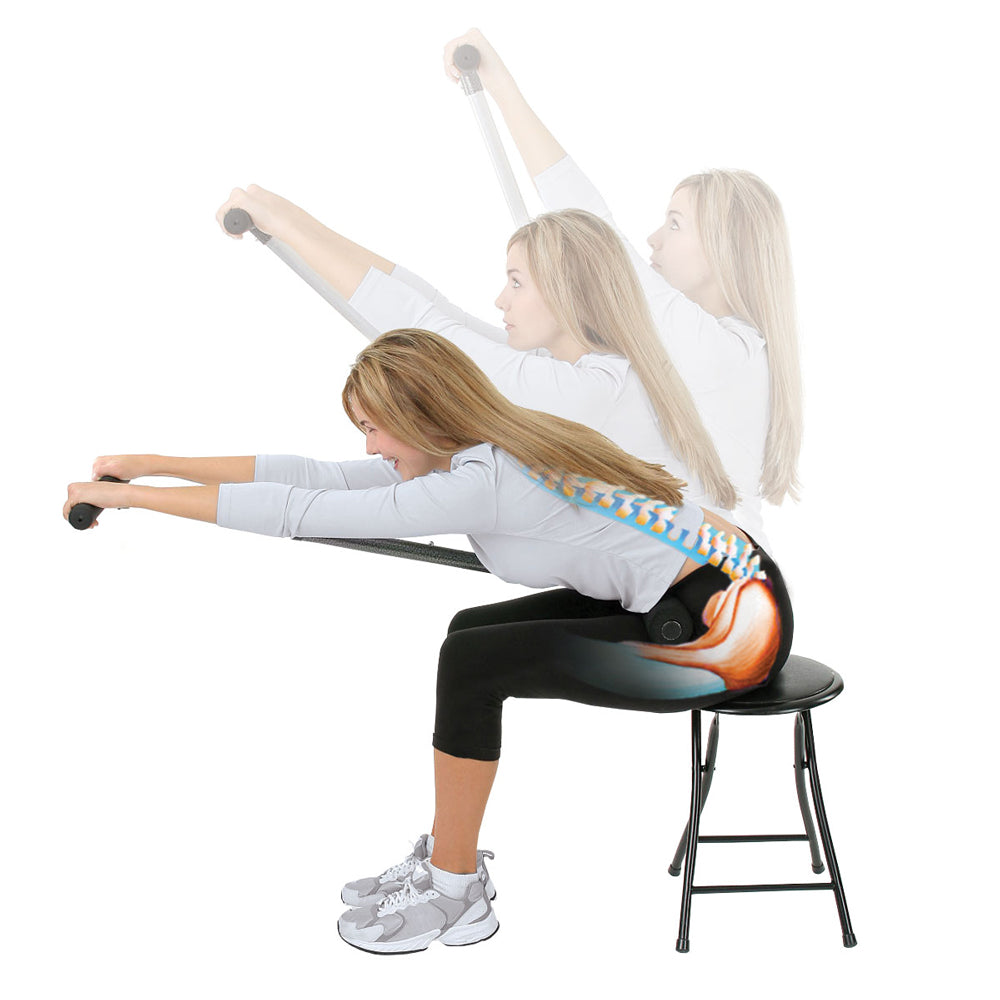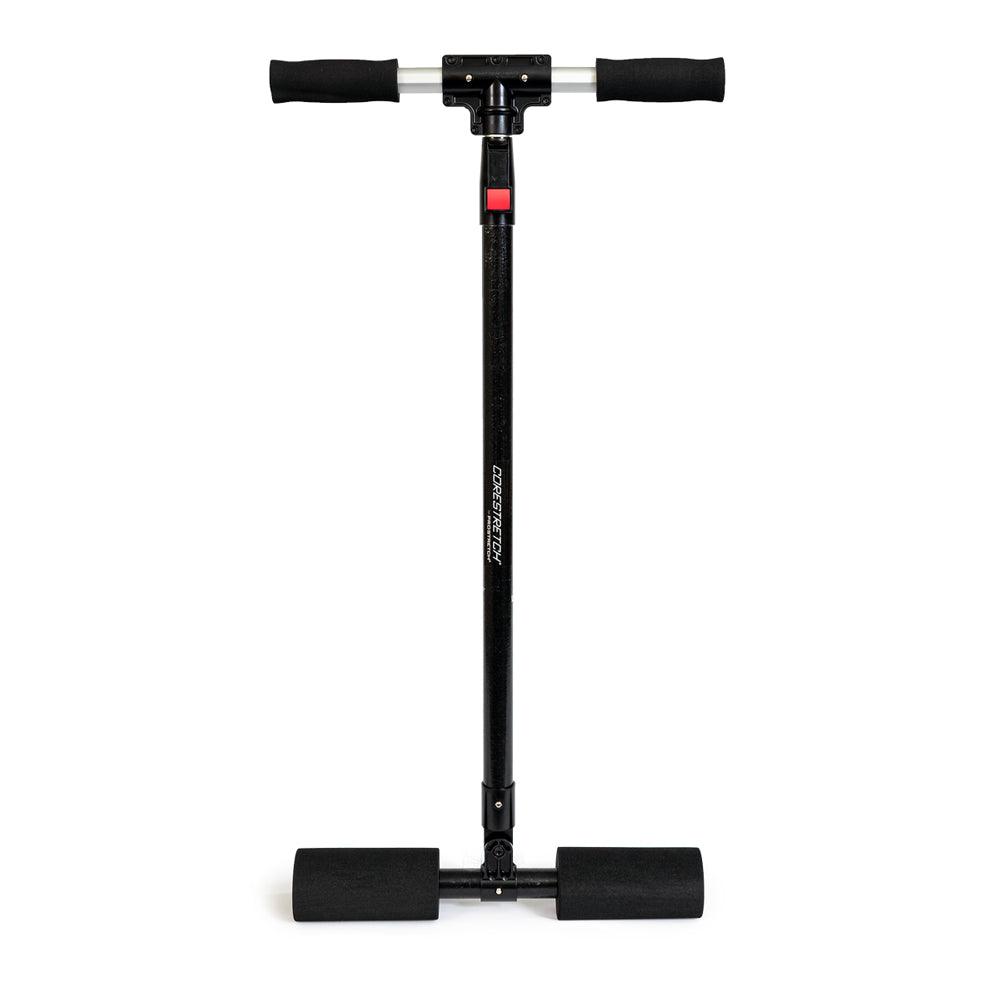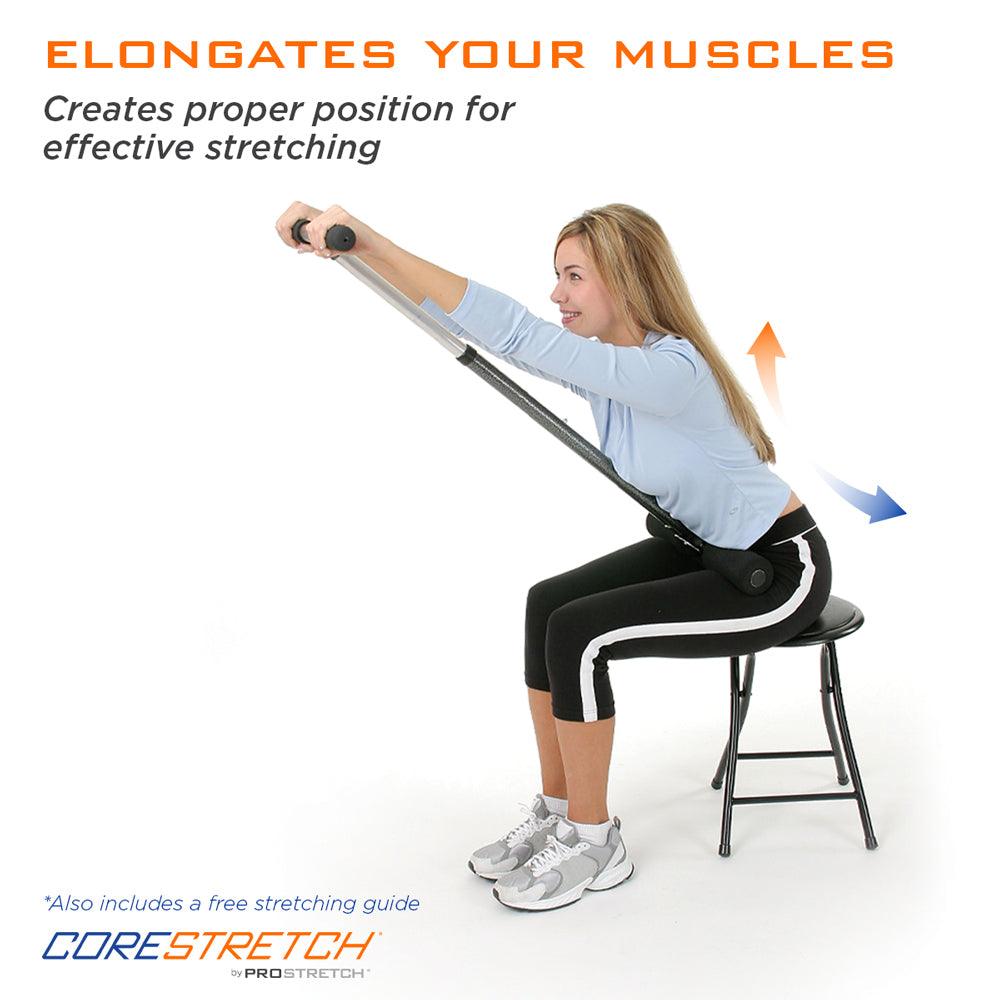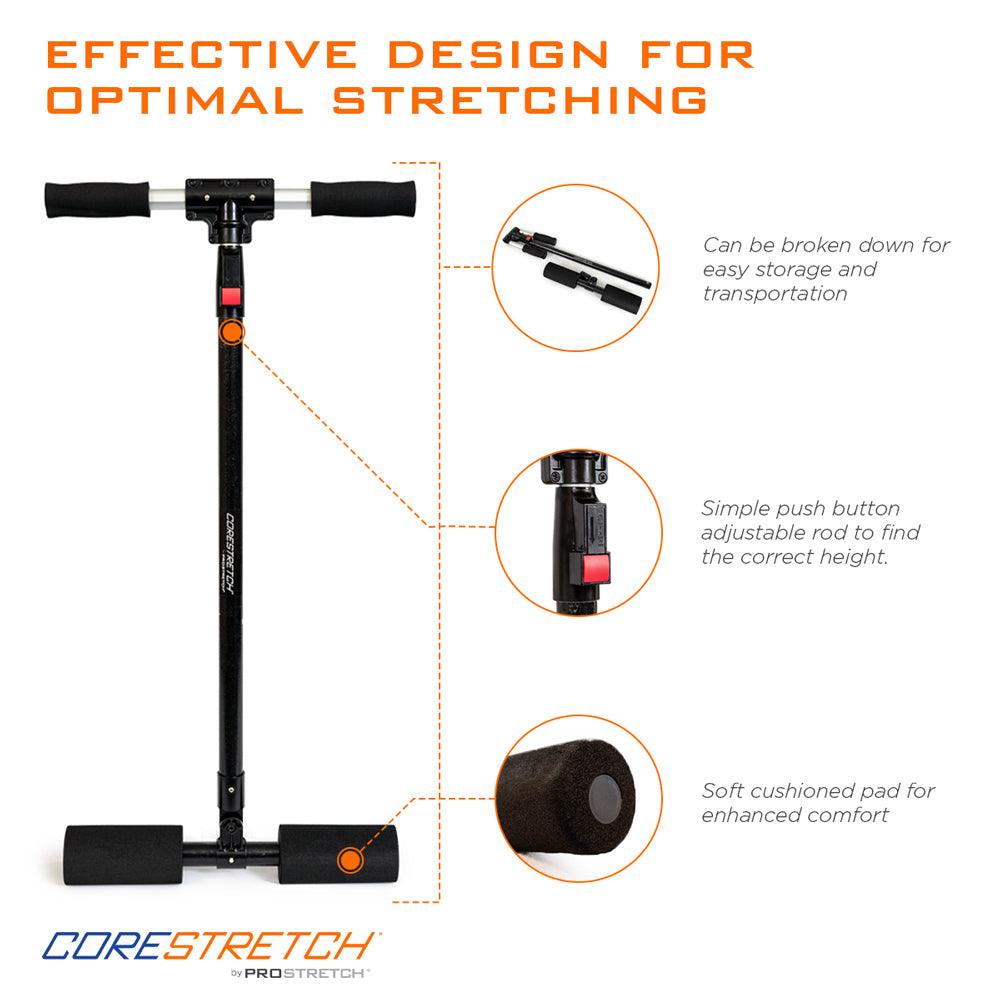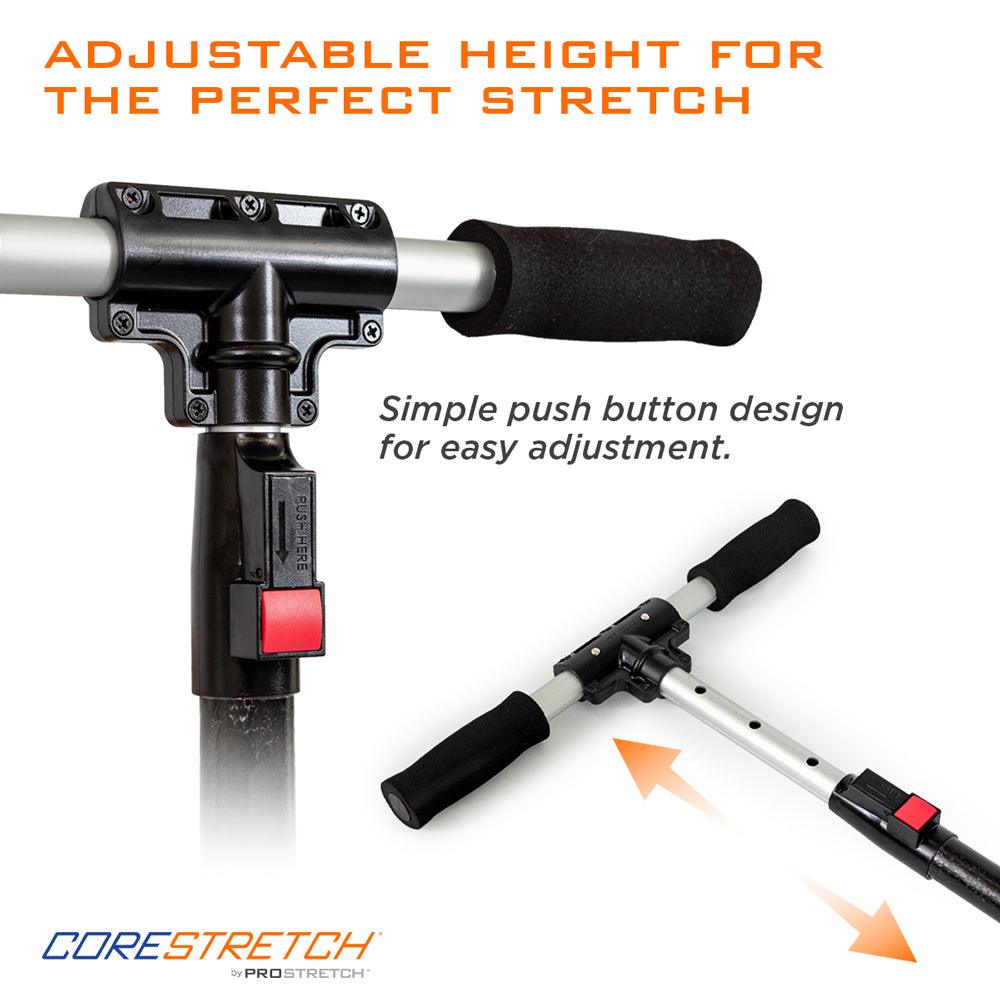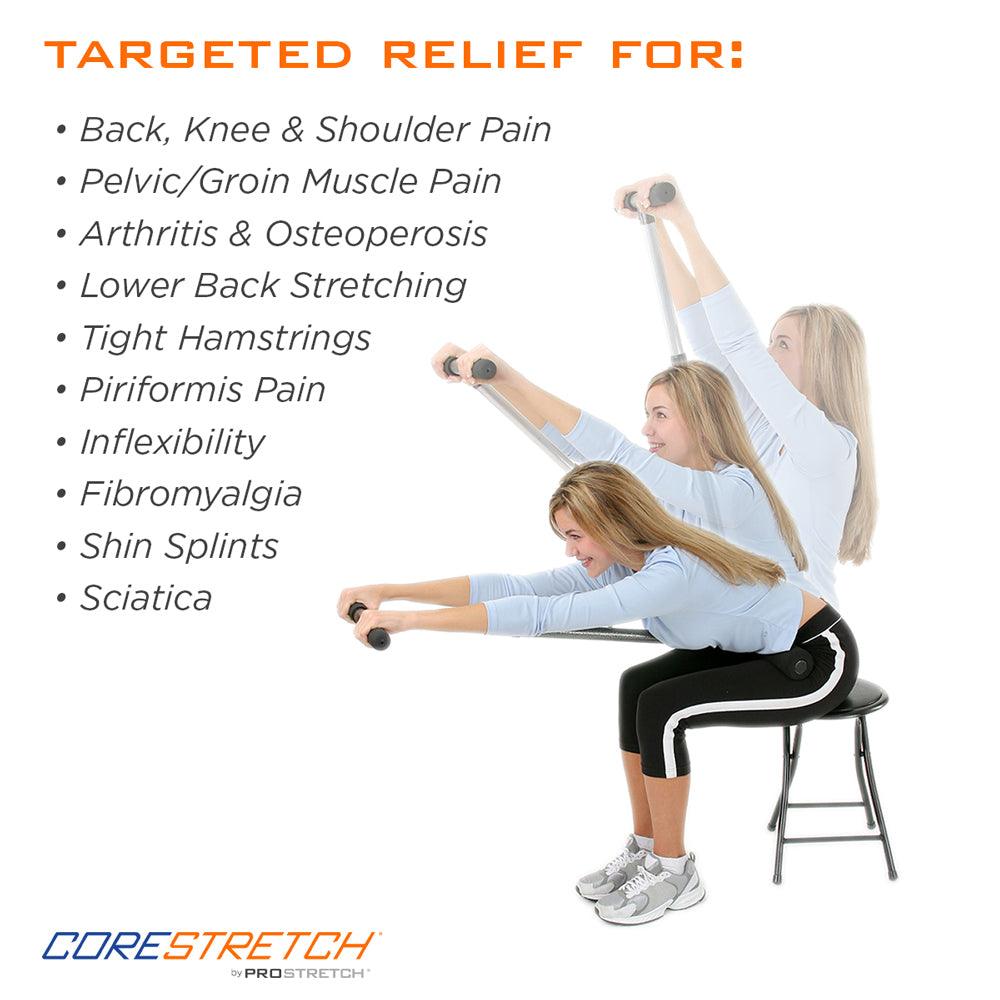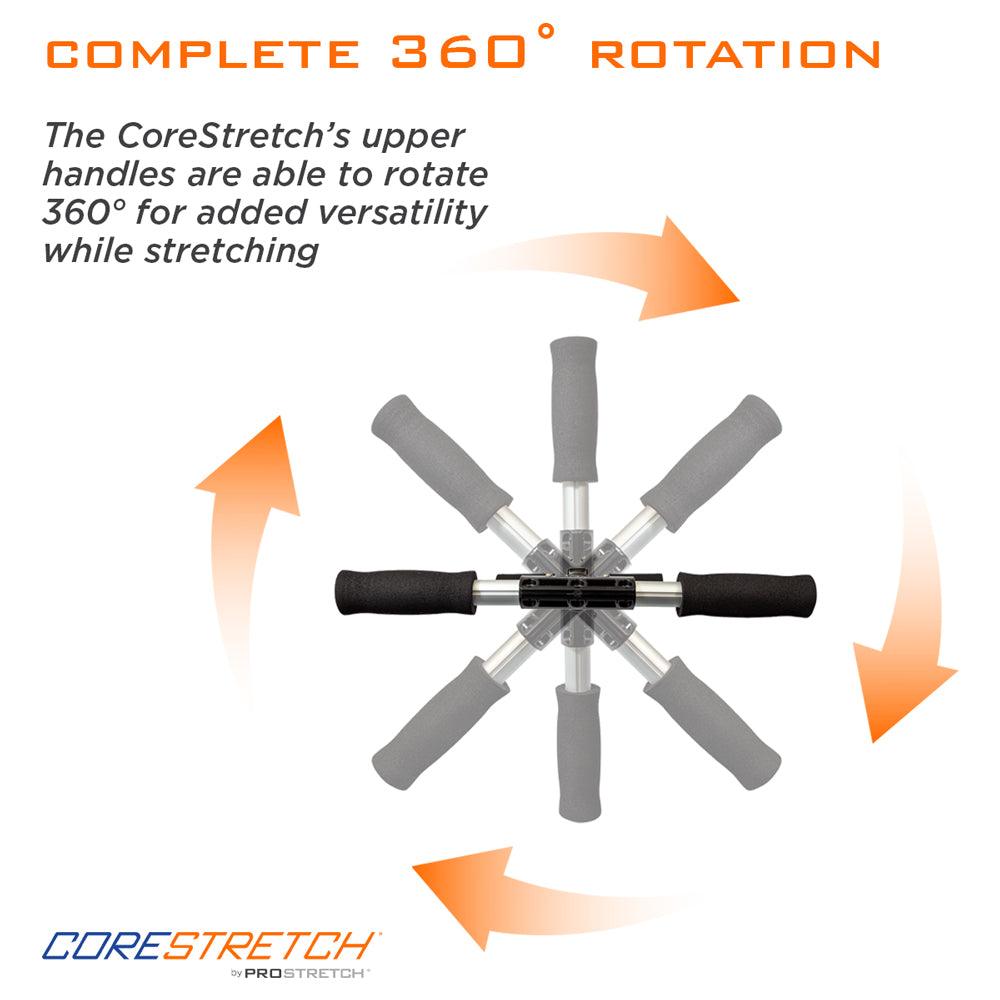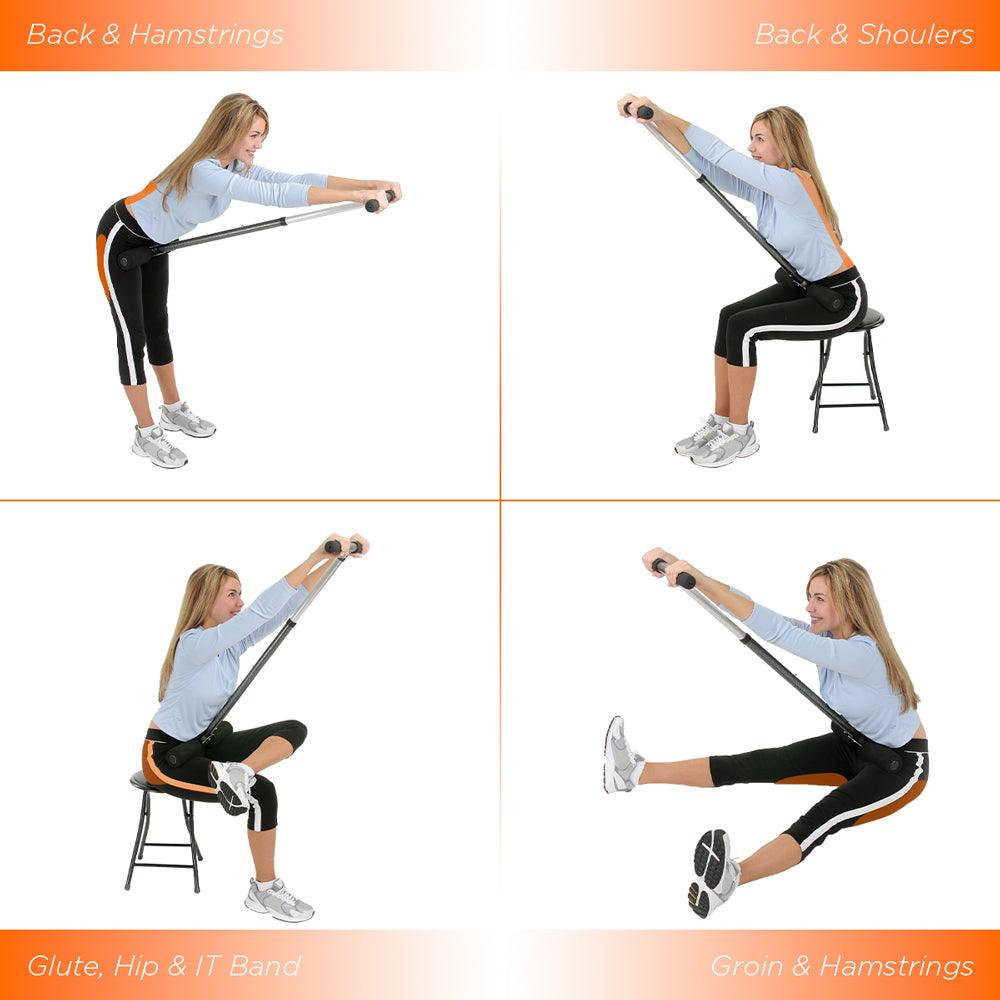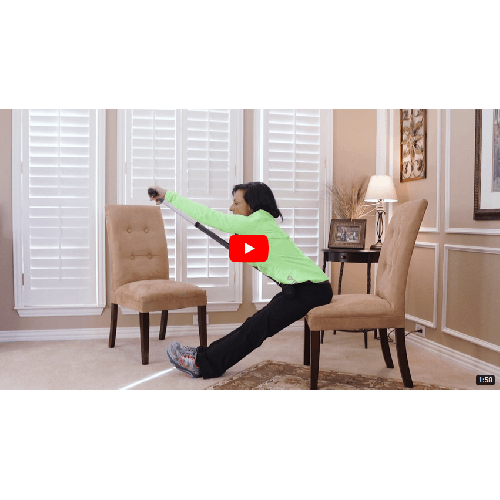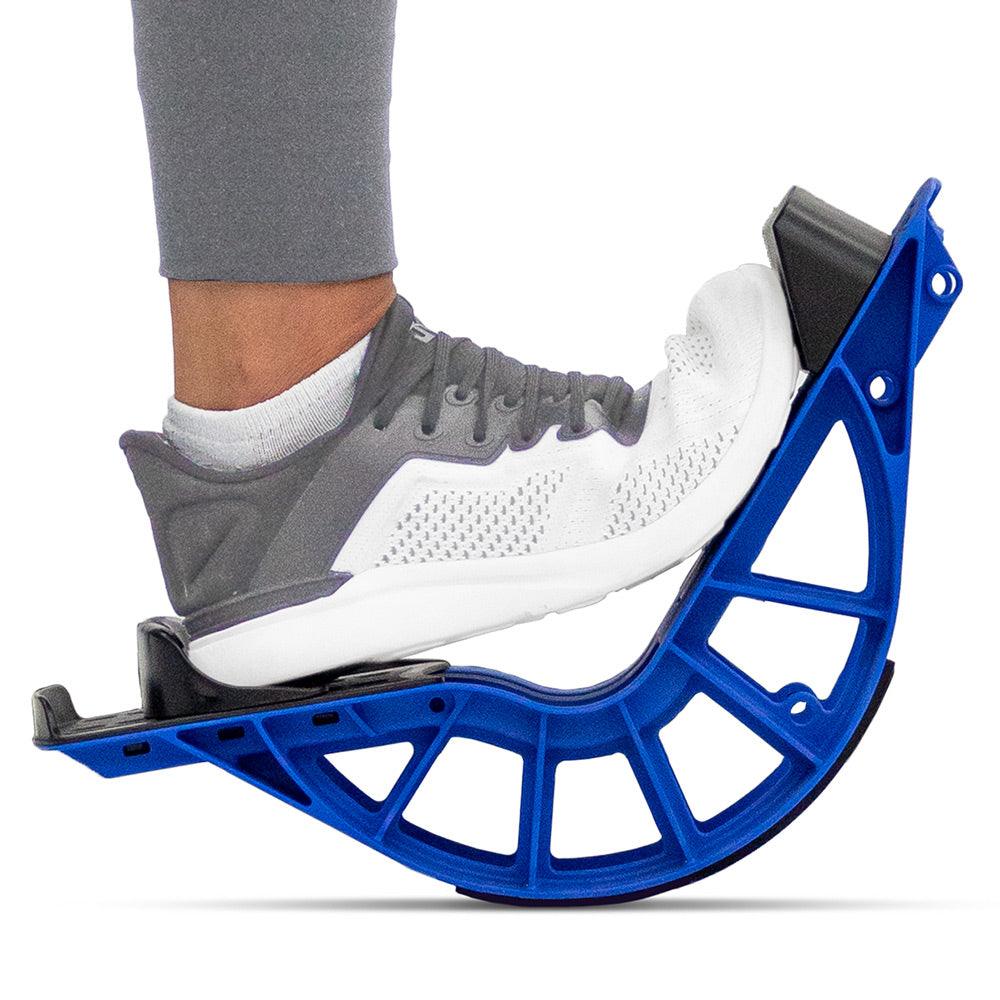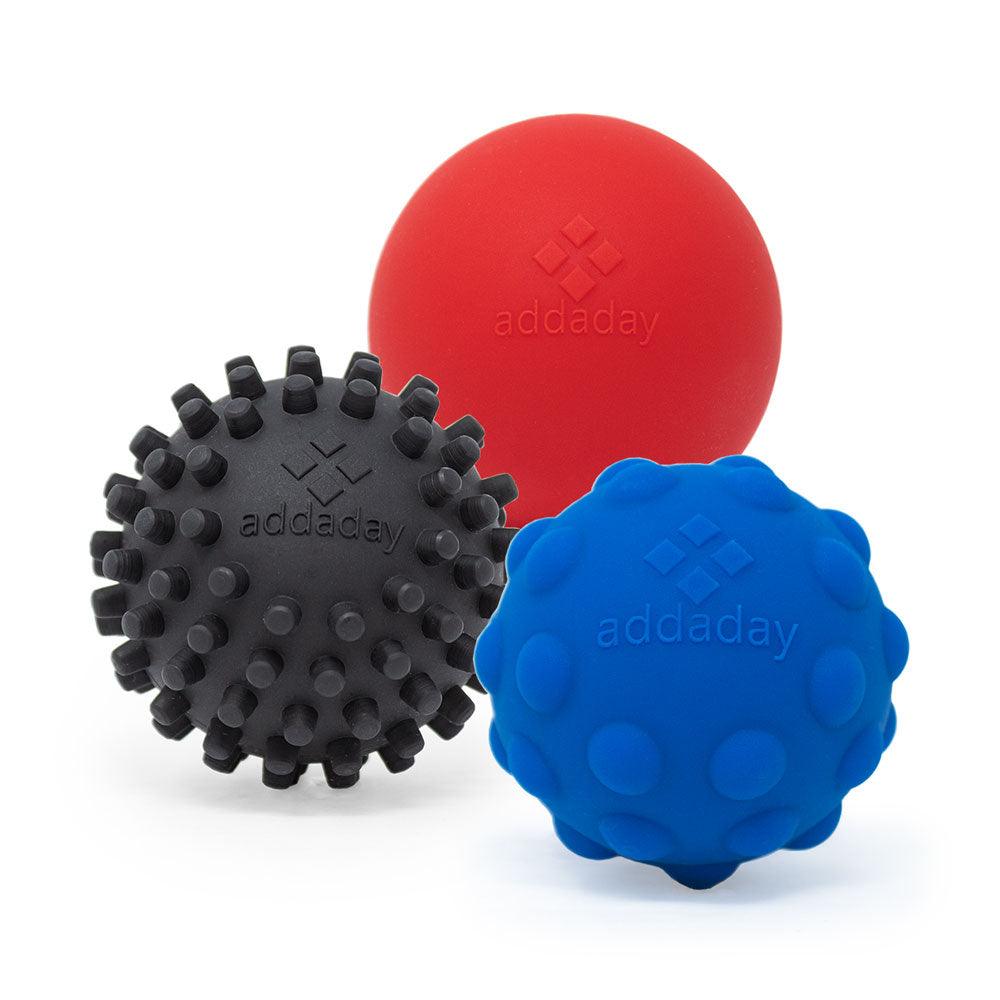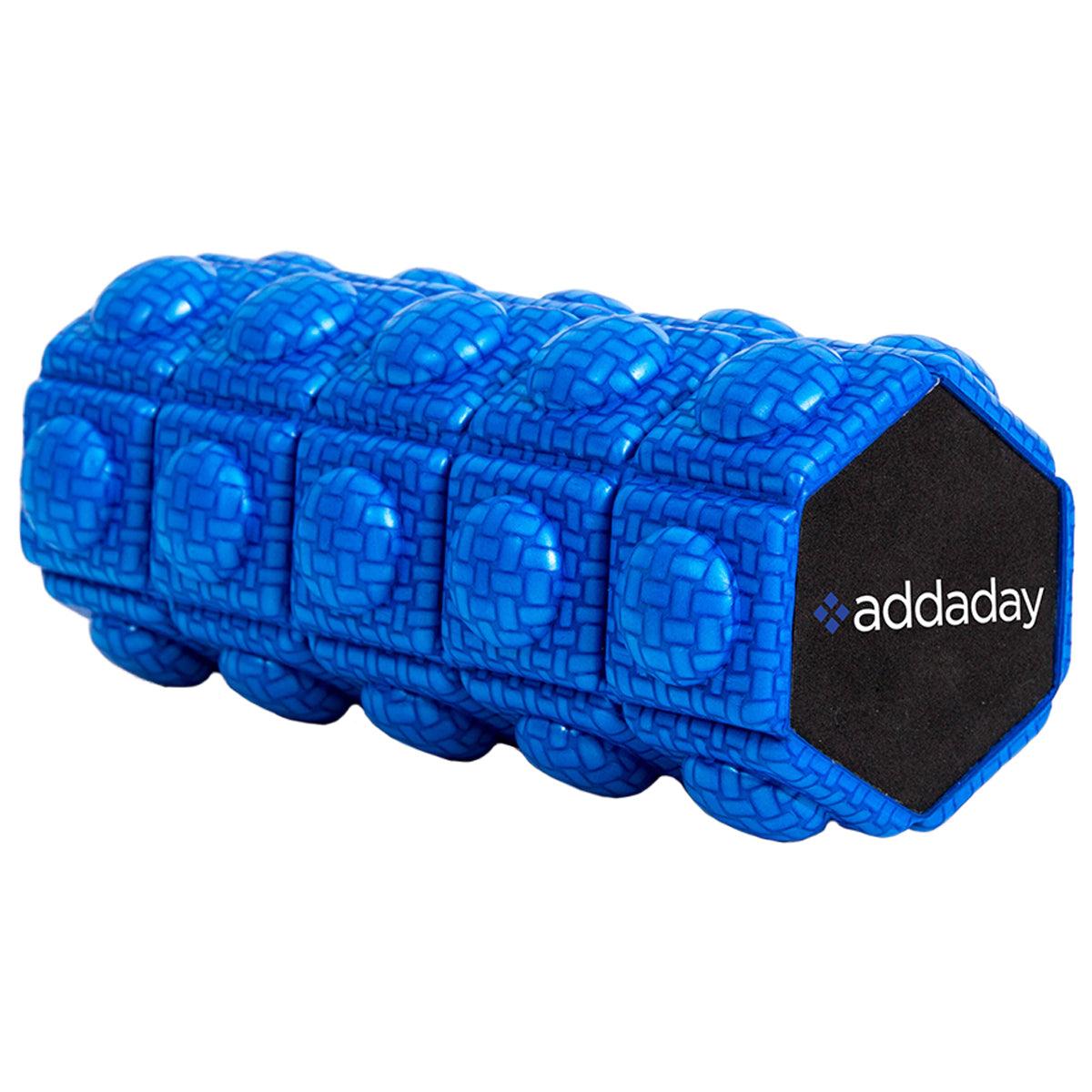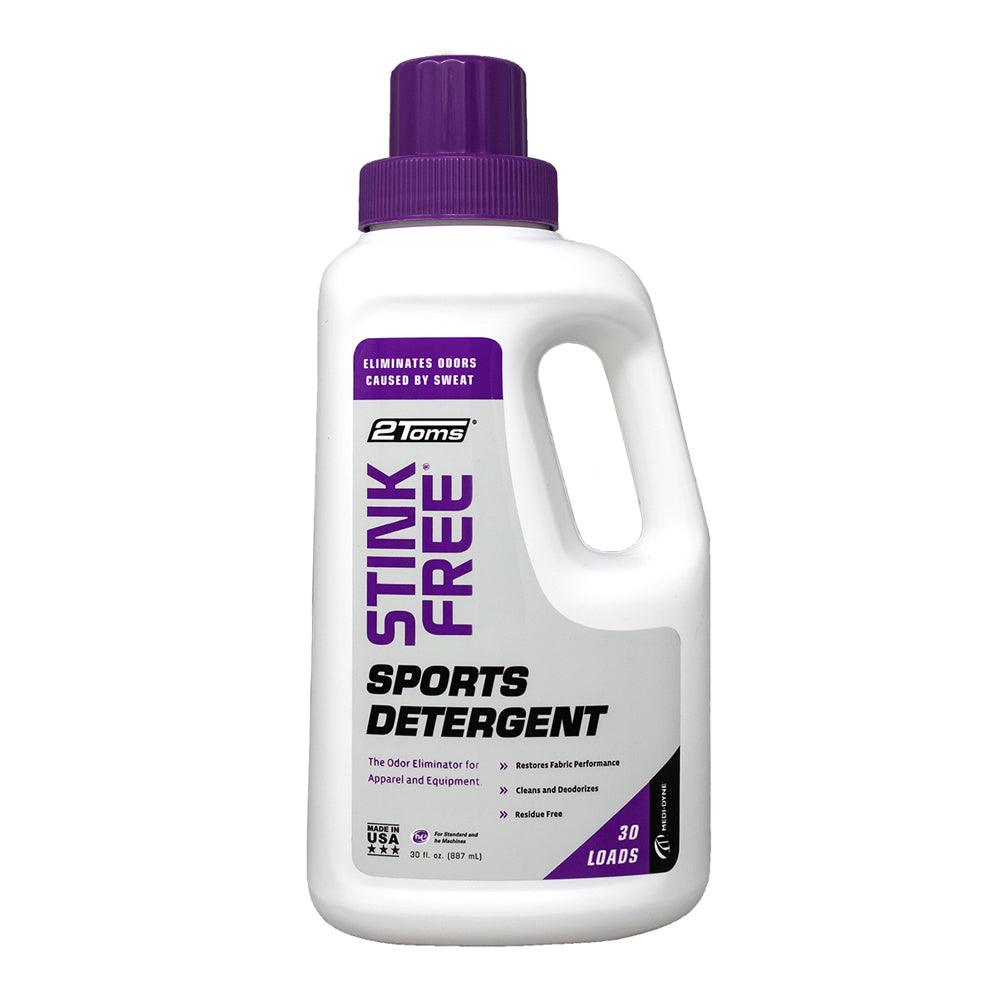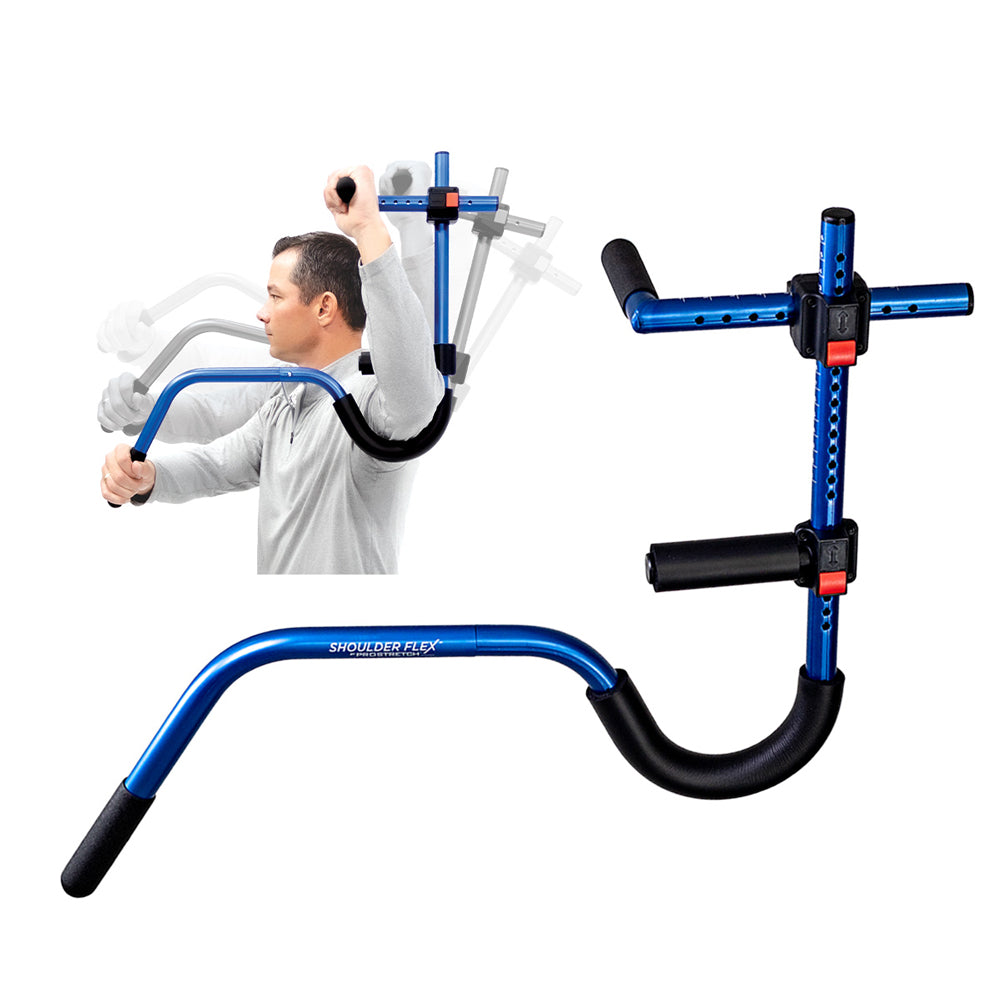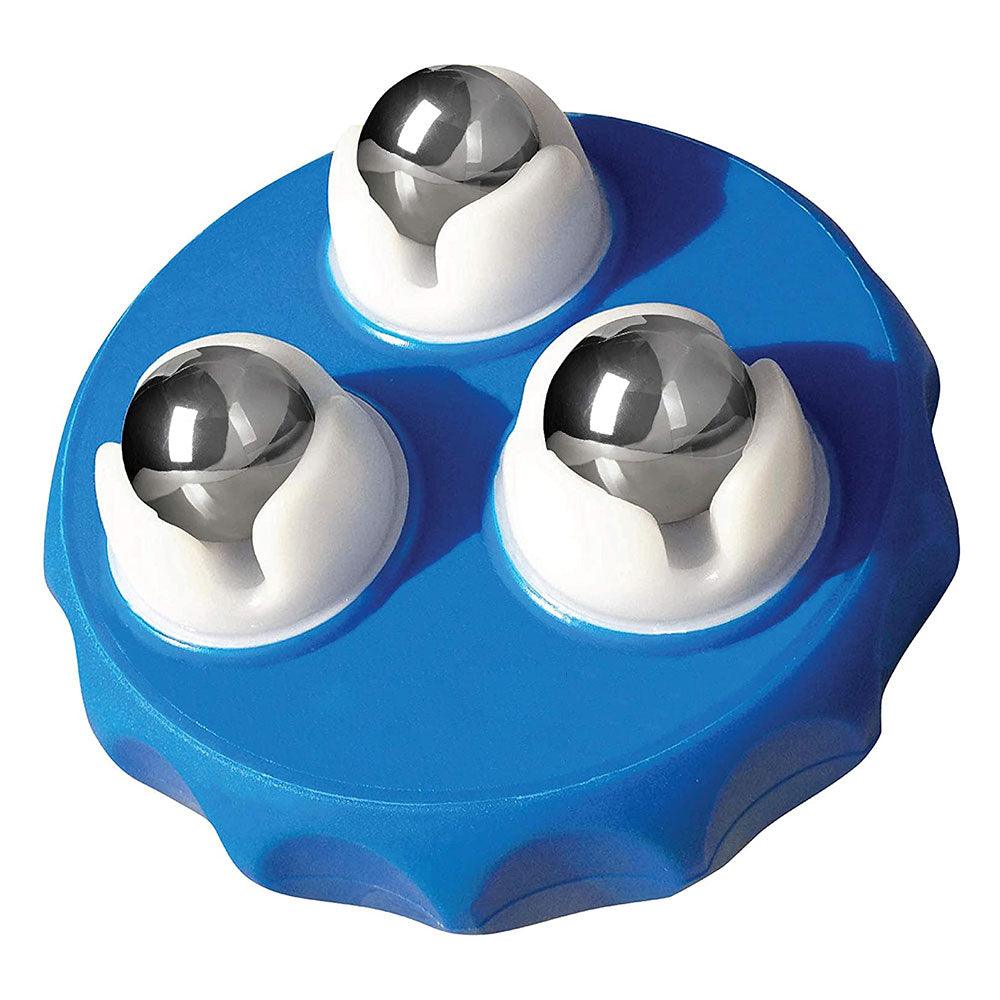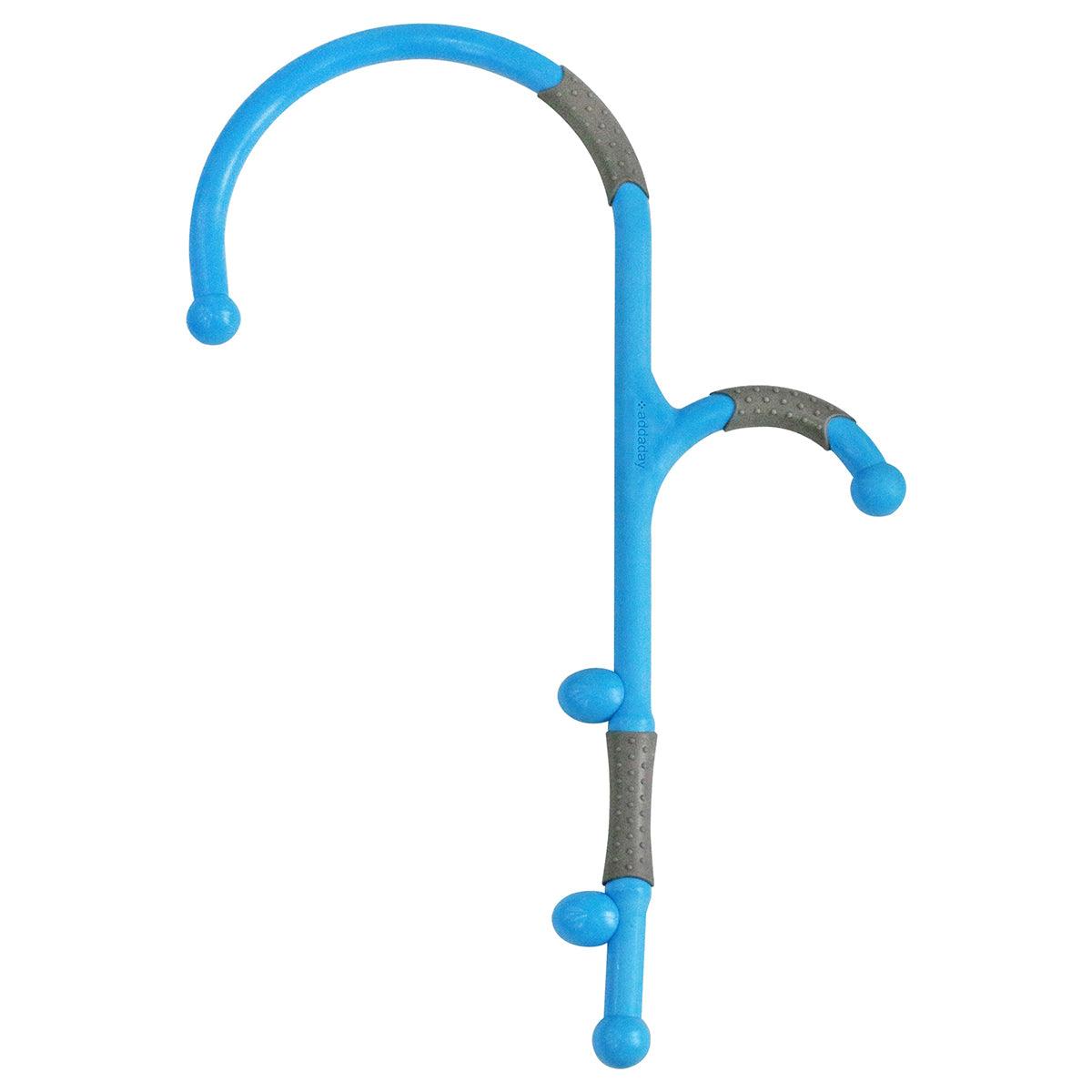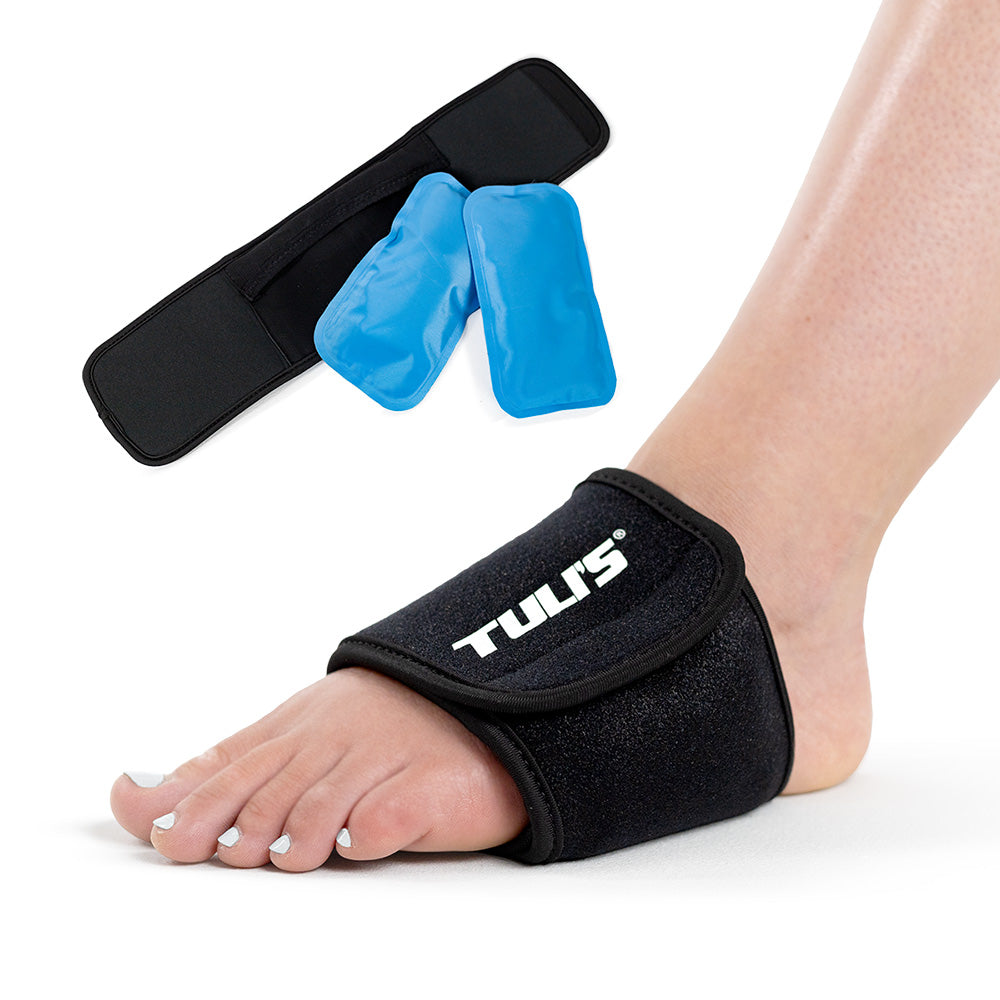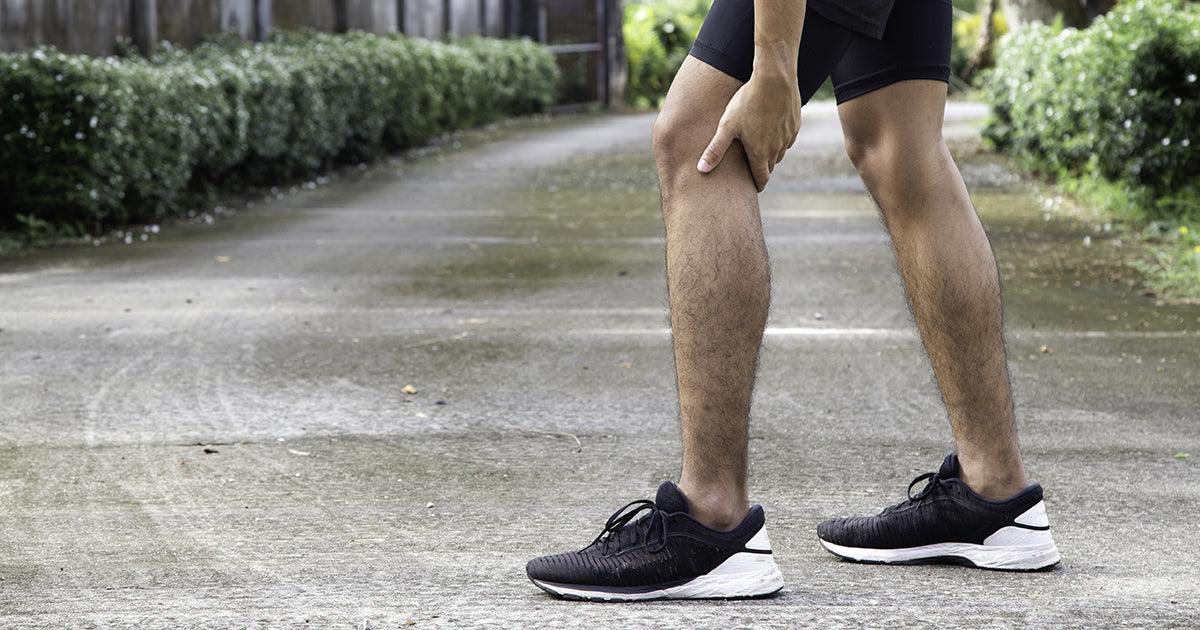Recent Studies on Iliotibial Band Syndrome (ITBS):
A Look at Hip and Knee Mechanics
Illiotibial band syndrome (IT Band Syndrome / ITBS) is one of the leading causes of pain in athletes whose sports involve running. The estimated incidence rate for athletes is believed to be between 5% and 14%.
Traditionally, believed to be an overuse injury, IT Band Syndrome is often described as being caused by friction or rubbing of the iliotibial band (ITB) over the lower part of the femur as the knee extends and flexes. Sufferers of ITBS typically experience pain along the outside of the knee joint. This pain is sometimes accompanied by a clicking sensation which is the result of the IT band tightening and snapping across the joint during physical activity.
ITBS usually starts with tightness, and untreated, can become very painful. Pain from ITBS is typically experienced on the outside of the knee or lower thigh and can be made worse by activities like climbing up and down stairs, getting out of a car, or running up or down hills. A person with ITBS may also feel tenderness in the knee tissue when applying pressure.
It’s believed then that the continual rubbing of the IT band over the outside of the femur may cause swelling, pain or a stinging sensation on the outside of the knee. Recent studies, however, have focused on the frontal and transverse plan mechanics of the knee and lower extremity, suggesting that atypical hip and knee mechanics are the primary factors in development of ITBS.
Studies comparing runners with IT Band Syndrome to healthy runners found that the IT Band Syndrome group exhibited significantly greater hip adduction and knee internal rotation than the control group, leading researcher to reconsider the role of hip and knee in running mechanics.
Subsequent studies have focused on the importance of running mechanics, providing evidence that gait re-training with step rate manipulation may be important for the treatment of IT Band Syndrome. The jury is still out on whether gait re-training is the key to curing ITBS, however, most reports did find that traditional strengthening of the hip abductors and flexibility exercises do contribute to a successful outcome.
ITBS Prevention & Remedies
Because the most notable symptom of IT Band Syndrome is typically swelling and pain on the outside of the knee, many runners mistakenly think they have a knee injury. It’s critical to rule out a knee problem or other serious injury. Ensuring proper gait as well as strength and flexibility of the hip abductors can be the most effective ways to prevent IT Band Syndrome.
IT Band Syndrome can become extremely painful and debilitating and can sideline a runner completely if not treated in its early stages.
Some risk factors for developing ITBS are:
- Physical factors like stiffness of the IT Band tissue, unequal leg lengths, or extremely flat feet or high arches
- A sudden increase in running routine intensity
- Inadequate warm ups before or cool downs after running
- Women are more likely to suffer from ITBS than men
ITBS Prevention
To prevent being sidelined with ITBS, it is best to prevent ITBS before it happens or to identify it in its very early stages.
Suggestions for preventing ITBS include:
- Run on level surfaces – Running on flat surfaces can help avoid injury. If athletes are running on roads, it is important that they run on both sides of the road as many roads are higher in the center and slope to the sides. This slope can cause one foot to be lower than the other, resulting in the pelvis tilting to one side and stressing the IT band.
- Avoid running on concrete surfaces – If running on a track, it is a good idea to change directions periodically.
- Balance training – Runners should make sure that they include strength training and flexibility exercises in their workout routine and build in rest and recovery time into their training schedule.
- Stretch and strengthen the muscles surrounding the IT band – Athletes can help prevent and treat ITBS by using the CoreStretch® to strengthen weak hip and core muscles. The CoreStretch® uses the body’s natural traction to safely and effectively stretch hamstrings, lower back, hips, piriformis, and glutes.
- Only wear athletic shoes that are in good condition – If shoes are worn along the outside of the sole, they should be replaced.
ITBS Treatment
If an athlete begins to notice IT band pain, they should take steps to treat their ITBS before the pain increases. Some steps to treat ITBS include:
Step 1: For Immediate Relief – Reduce Discomfort
- Rest from training activities – Runners should decrease mileage or take a few days off if they feel pain on the outside of the knee.
- Use a IT band strap to compress the area and assist with ITBS healing.
MASSAGE
- Reduce tightness in the IT Band with self-massage with a massage roller like the ProStretch® Pro Stick Massage Roller. The ProStretch® Pro Stick Massage Roller increases blood flow to the injured area and massages both the outer and inner layers of muscle and connective tissue.
- Ice massage – Freeze water in a small paper cup and rub the ice directly on the area of pain for about 15 minutes or until it gets numb. With ITBS, it is best to ice immediately after a run, but even icing it well at least once a day will help.
- When you’re ready to go back to activity, cross train! Substitute other activities like swimming, cycling, and rowing while taking a break from running.
Step 2: For Long Term Healing: Stretch and Strengthen
STRETCH
Given the relevance of gait, hips positioning and knee rotation to ITBS, it is important to keep the posterior chain strong and flexible with a goal of improving alignment and restoring the workload back to the appropriate muscles.
Stretching exercises targeting the gluteus medius, piriformis, vascus lateralis, gastroc and soleus will help to ensure flexibility along the posterior chain.
The patented StretchRite® features a non-elastic strap which makes it easy to perform each stretch properly and effectively.
STRENGTHEN
Strengthening exercises include focus on the hip abductors, which can include: lateral leg raises, clamshells, hip thrusts, and side
steps/shuffle.
RELATED PRODUCTS:
OTHER RELATED TOPICS:
IT BAND SYNDROME: A COMMON RUNNING INJURY.
TOP RUNNING INJURY NO. 7: IT BAND SYNDROME
EVERYTHING YOU NEED TO KNOW ABOUT RUNNER'S KNEE
HOW YOU CAN COMBAT THE EFFECTS OF RUNNER’S KNEE
PLEASE NOTE: The information on this website and article is for information only and should not be used as a substitute for consulting your doctor. Consult your doctor for proper diagnosis and rehabilitation.








